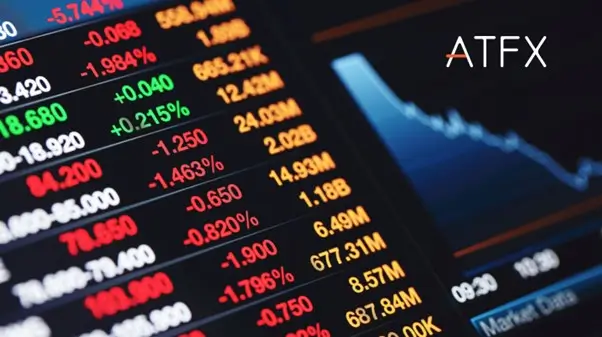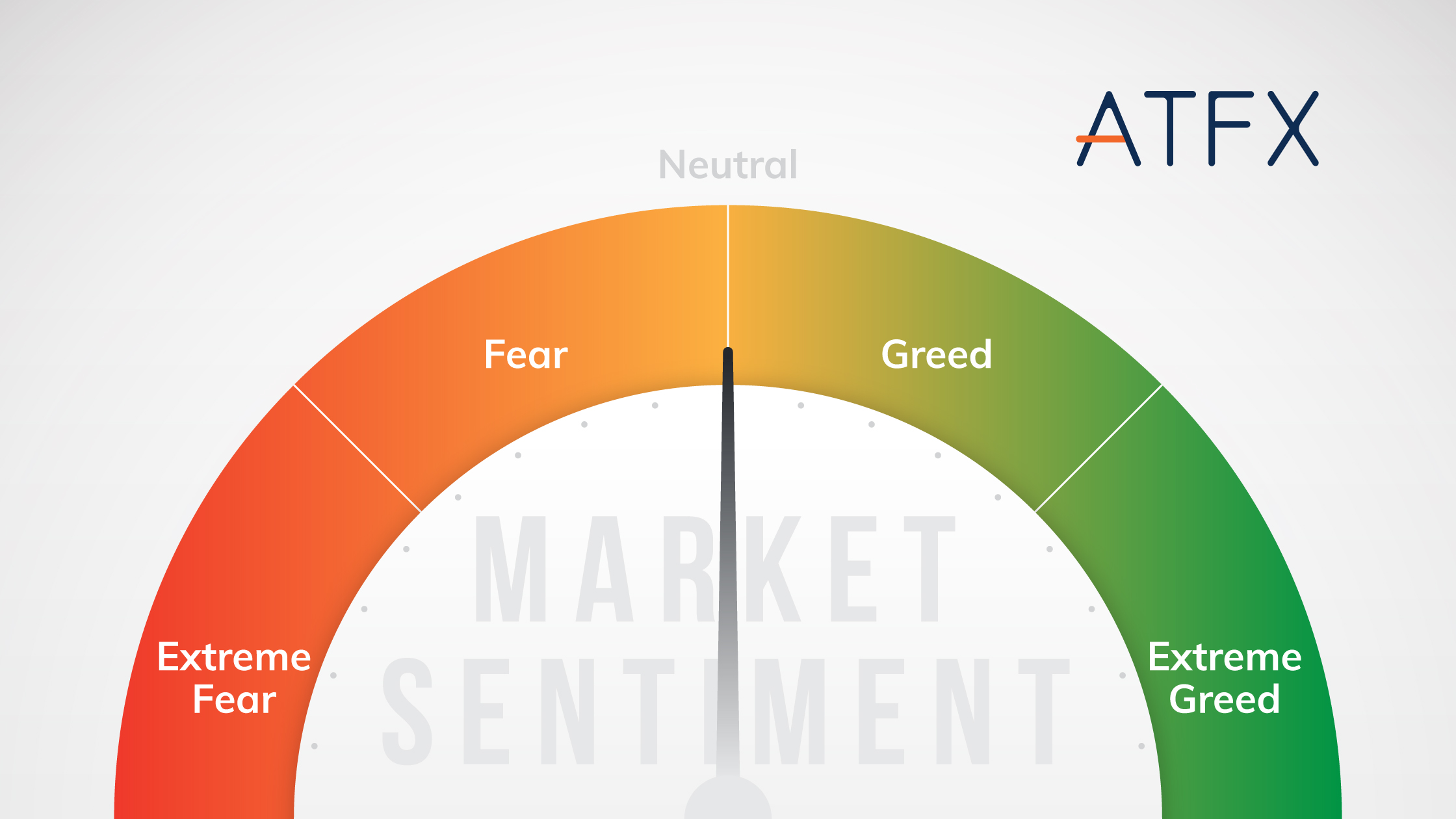Best Time to Trade AUDUSD
The best time to trade the AUDUSD pair is during the overlap of the Sydney and Tokyo trading sessions from 12:00 AM to 6:00 AM GMT as this time the period results in increased volatility and liquidity, which are beneficial for traders. Using an AUDUSD live chart during these times can help traders stay updated with real-time market movements.
What are the Key Trading Times for AUD/USD?
| Session | Time (GMT) |
| Sydney Session | 9:00 PM to 6:00 AM |
| Tokyo Session | 11:00 PM to 8:00 AM |
| Optimal Overlap | 12:00 AM to 6:00 AM |
This six-hour window combines the high trading volumes of both the Sydney and Tokyo markets, resulting in tighter spreads and greater price movements. During this time, forex traders, market makers, and institutional investors are actively engaged, increasing the liquidity and volatility of the AUD/USD pair.
What are the Additional Considerations?
London-New York Overlap
While the AUDUSD is most actively traded during the Sydney-Tokyo overlap, the period from 12:00 PM to 4:00 PM GMT, when both the London and New York sessions overlap, can also present good trading opportunities. This is particularly true when major economic data from the US is released, influencing the pair’s movement.
Early Sydney Trading
Trading can also be effective from 9:00 PM to 12:00 AM GMT, as the market gears up for the Tokyo session. This early period can see significant movements as traders react to news from Australia and the Asia-Pacific region.
How do Economic Events Impact Trading?
Economic reports from Australia and the US play a crucial role in influencing volatility and trading conditions during these hours. Key economic indicators such as Australia’s employment data, RBA interest rate decisions, and US economic data releases can cause sharp movements in the AUD/USD exchange rate, impacting overnight trading.
What are the General Forex Trading Hours?
The forex market operates 24 hours a day from Sunday at 9:00 PM GMT (5:00 PM ET) to Friday at 9:00 PM GMT (5:00 PM ET).
What are the Specific AUD/USD Trading Hours?
The standard trading window for AUD/USD is from 9:00 PM to 6:00 AM GMT, with peak activity occurring between 12:00 AM and 6:00 AM GMT.
| Session | Time (GMT) |
| Standard Trading Window | 9:00 PM to 6:00 AM |
| Peak Activity | 12:00 AM to 6:00 AM |
What are the Major Trading Sessions?
The major trading sessions for AUD/USD currency pairs are Sydney, Tokyo, London, and New York.
What are the Market Open and Close Times?
The forex market opens at 9:00 PM GMT on Sunday and closes at 10:00 PM GMT on Friday. The first trading session to start is the Sydney session, and the last session to end is the New York session.
| Session | Time (GMT) |
| Sydney Session | 9:00 PM to 6:00 AM |
| Tokyo Session | 11:00 PM to 8:00 AM |
| London Session | 7:00 AM to 4:00 PM |
| New York Session | 12:00 PM to 8:00 PM |
Read more about our product specifications trading session.
When are the Most Volatile Times for AUDUSD?
| Factor | Time (GMT) |
| Market Sessions | 12:00 AM to 6:00 AM |
| Most Volatile Days | Thursdays |
| Least Volatile Days | Mondays |
| Economic Reports and Events | Key economic indicators, central bank meetings, and geopolitical developments can cause significant price fluctuations. |
Volatility is primarily influenced by economic news, geopolitical events, and central bank announcements from both Australia and the United States. The release of major economic data, such as Australia’s employment reports or US Non-Farm Payrolls (NFP), can lead to significant price swings.
What are the Trading Time and Volatility Patterns?
The average daily movement of AUD/USD is around 50 pips over a 10-week period. The most active trading hours are from 12:00 AM to 6:00 AM GMT. Significant economic announcements, especially from Australia and the US, can cause sharp movements during these times.
The Summary of Volatility Patterns:
| Volatility Factor | Value |
| Most Volatile Days | Thursdays (78 pips average) |
| Least Volatile Days | Mondays (69 pips average) |
| Most Volatile Hours | 12:00 AM to 6:00 AM GMT |
Summary
For traders learning how to trade AUDUSD effectively, the optimal approach combines timing, volatility awareness, and economic event analysis. Maximize opportunities by focusing on the Sydney/Tokyo overlap 12:00 AM – 6:00 AM GMT, especially on Thursdays when volatility peaks. Pair this with monitoring the London/New York overlap 12:00 PM – 4:00 PM GMT for reactions to US economic data. Stay alert to Australian and US news releases like RBA decisions, Non-Farm Payrolls, etc, which often drive sharp price movements. Adjust for your local time zone and use tools like live charts and stop loss orders to refine entries and manage risk. By aligning strategy with these patterns, traders can capitalize on AUD/USD’s daily average of 50 pips while mitigating downside exposure.



